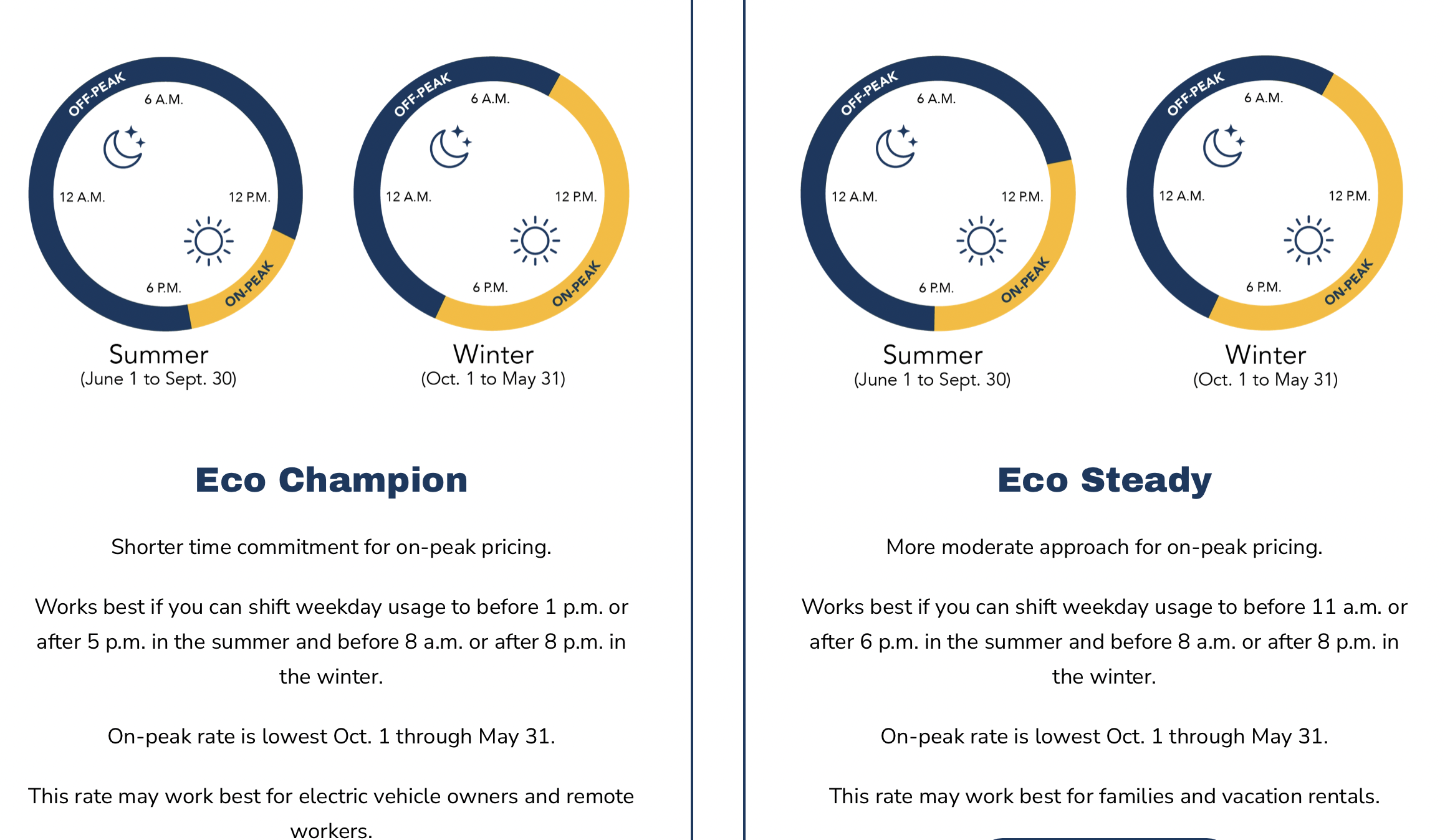Fascinating new research reveals how sexual desire shapes long-term partner preferences – PsyPost

Executive Summary: Psychological Drivers of Partner Choice and Implications for Sustainable Development Goals
A recent study published in the Journal of Experimental Social Psychology identifies sexual desire as a primary psychological driver influencing the prioritization of physical attractiveness in the selection of long-term partners. The research demonstrates that both chronic and situationally-activated sexual desire significantly increase the value individuals place on a partner’s appearance. These findings have profound implications for several United Nations Sustainable Development Goals (SDGs), particularly SDG 3 (Good Health and Well-being), SDG 5 (Gender Equality), and SDG 16 (Peace, Justice and Strong Institutions), by providing a nuanced understanding of the mechanisms that shape relationship formation, gender dynamics, and social well-being.
Research Overview and Core Findings
Study Objective
The research, led by Sierra D. Peters, aimed to move beyond static evolutionary explanations for mate preferences. The primary objective was to investigate the proximate affective and motivational mechanisms—specifically, the role of sexual desire—that lead individuals to prioritize physical attractiveness in potential long-term partners.
Methodology
The conclusions were drawn from a series of three distinct studies designed to assess the influence of sexual desire on partner preferences:
- A survey of 554 adults used a budgeting task to measure the relative importance of various traits in an ideal spouse, correlating these preferences with participants’ chronic levels of sexual desire.
- An experimental study with over 1,000 participants involved priming subjects with feelings of sexual desire before they completed the same budgeting task, testing for acute changes in preference.
- A final study with 469 participants tested the hypothesis in reverse by asking subjects to imagine a non-sexual long-term partnership, thereby suppressing the relevance of sexual desire in their partner evaluation.
Key Results
- Influence of Sexual Desire: Both chronic levels of sexual desire and acute, moment-to-moment feelings of desire were found to be significant predictors of the priority placed on a partner’s physical attractiveness.
- Gender Dynamics: While men, on average, reported higher sexual desire and a greater preference for attractiveness, the study found that sexual desire itself—not gender—was the more critical explanatory factor. When sexual desire was experimentally activated in women, their preference for attractiveness closely resembled that of men.
- Contextual Dependency: When the sexual component of a relationship was hypothetically removed, the importance participants placed on physical attractiveness decreased, with a corresponding increase in the value assigned to traits like status and commitment.
Analysis of Findings in the Context of Sustainable Development Goals (SDGs)
SDG 5: Gender Equality
The study’s findings directly contribute to the objectives of SDG 5 by deconstructing traditional gender stereotypes in mate selection. The research challenges the notion that preferences are fixed and innately tied to gender.
- It reframes the conversation from a simple male-female dichotomy to a focus on a shared psychological mechanism (sexual desire) that varies in degree across individuals.
- By demonstrating that women’s preferences can mirror men’s under specific motivational states, the research undermines rigid gender roles and promotes a more fluid and equitable understanding of human behavior in relationships.
- This insight is crucial for dismantling cultural narratives that place a disproportionate value on female physical attractiveness, a key barrier to achieving gender equality.
SDG 3: Good Health and Well-being
The research offers valuable insights relevant to mental, relational, and sexual health, which are central components of SDG 3.
- Understanding that partner preferences are dynamic and influenced by fluctuating states like sexual desire can inform relationship counseling and therapeutic interventions, helping individuals and couples navigate expectations and improve relational well-being.
- By clarifying the psychological underpinnings of partner choice, the study contributes to a more comprehensive understanding of sexual health and its influence on major life decisions and overall mental wellness.
- The findings highlight how internal motivational states can shape perceptions, which is foundational knowledge for programs aimed at improving self-esteem and mitigating societal pressures related to physical appearance.
SDG 16: Peace, Justice and Strong Institutions
While seemingly focused on individuals, the study’s implications extend to the stability of the family unit, a foundational institution for peaceful and inclusive societies (SDG 16).
- Stable and healthy partnerships are the bedrock of strong families and communities. Research that illuminates the fundamental drivers of relationship formation provides a basis for fostering more resilient and successful long-term partnerships.
- By revealing that preferences are not static, the findings suggest that potential conflicts arising from mismatched or evolving expectations can be better understood and mitigated, contributing to greater harmony and stability within relationships.
Limitations and Future Directions for SDG-Aligned Research
Methodological Limitations
The study’s applicability is subject to certain limitations acknowledged by the researchers.
- The reliance on self-reported preferences in hypothetical scenarios may not perfectly mirror real-world partner selection behaviors.
- Responses could be influenced by social desirability bias and other unmeasured psychological or cultural factors.
Future Research Pathways
Future research can build on these findings to further support SDG-related objectives.
- Longitudinal studies tracking how preferences evolve within actual relationships could provide critical data for supporting family stability and well-being (SDG 3, SDG 16).
- Exploring the interplay between cultural norms and the psychological mechanisms identified in this study could yield powerful insights for designing more effective gender equality initiatives (SDG 5).
- Employing implicit measures of partner preference could bypass the limitations of self-report data, offering clearer insights for developing evidence-based interventions that promote health and equality in relationships.
SDGs Addressed in the Article
- SDG 3: Good Health and Well-being
- SDG 5: Gender Equality
- SDG 4: Quality Education
Analysis of Relevant SDG Targets
SDG 3: Good Health and Well-being
- The article connects to SDG 3 by exploring psychological and motivational factors that underpin sexual health and reproductive choices. The research delves into sexual desire, a key component of sexual well-being. While not directly about healthcare services, understanding these drivers is fundamental to promoting sexual health.
- Target 3.7, which aims to ensure universal access to sexual and reproductive health information and education, is relevant. The study contributes to this knowledge base by explaining how mate preferences are formed. The article notes that in evolutionary psychology, “attractiveness signals desirable qualities like health, fertility, and reproductive potential,” directly linking partner choice to health outcomes.
SDG 5: Gender Equality
- The article directly addresses SDG 5 by providing a nuanced analysis of gender differences in romantic preferences. It challenges static stereotypes about men prioritizing attractiveness more than women. The research found that “much of this sex difference could be explained by differences in sexual desire,” rather than gender alone.
- Target 5.c calls for adopting policies that promote gender equality. Research like this is crucial for informing educational materials and policies that aim to deconstruct gender stereotypes. By showing that “once sexual desire was activated, [women’s] preferences closely resembled those of men,” the study undermines rigid gender-based explanations for behavior and promotes a more equal understanding of human psychology.
SDG 4: Quality Education
- The article is a product of the ecosystem of quality education and research. The study was conducted by researchers at a higher education institution (“Rhodes College”), involved “undergraduate participants,” and was published in a reputable academic publication (“Journal of Experimental Social Psychology“).
- This relates to Target 4.7, which includes ensuring learners acquire knowledge for promoting sustainable development, including gender equality. The research itself is a form of advanced education that generates new knowledge on gender dynamics and human behavior, which can then be disseminated through educational systems.
Indicators for Measuring Progress
SDG 3: Good Health and Well-being
- The article does not use official UN indicators but implies measures for assessing the psychological dimensions of sexual health. These include:
- Self-reported levels of sexual desire: The study measured both chronic and acutely activated sexual desire to understand its impact on decision-making.
- Prioritization of health-signaling traits: The “budgeting task” where participants allocated points to attractiveness serves as a proxy indicator for how much value is placed on traits that signal “health, fertility, and reproductive potential.”
SDG 5: Gender Equality
- The study provides data that can serve as indicators for understanding and deconstructing gender stereotypes in mate selection. Implied indicators include:
- Statistical analysis of gender differences: The finding that sexual desire, not gender, was the primary driver of prioritizing attractiveness is a key indicator.
- Convergence of preferences under experimental conditions: Measuring the change in women’s stated preferences to “more closely resemble men’s” when sexual desire is activated serves as an indicator that challenges innate, gender-based differences.
SDG 4: Quality Education
- Progress towards creating and disseminating knowledge can be measured by indicators mentioned or implied in the article:
- Publication of scientific research: The article’s existence and its publication in the “Journal of Experimental Social Psychology” is an indicator of knowledge creation within the academic system.
- Involvement of students in research: The participation of “over 1,000 undergraduate participants” indicates the integration of research and teaching within higher education.
Summary Table of SDGs, Targets, and Indicators
| SDGs | Targets | Indicators Identified in the Article |
|---|---|---|
| SDG 3: Good Health and Well-being | Target 3.7: Ensure universal access to sexual and reproductive health-care services, including for family planning, information and education… | The article implies indicators such as self-reported levels of sexual desire and the value placed on a partner’s physical attractiveness, which signals “health, fertility, and reproductive potential.” |
| SDG 5: Gender Equality | Target 5.c: Adopt and strengthen sound policies and legislation for the promotion of gender equality… | The article implies indicators such as the statistical explanation of sex differences in mate preference by sexual desire levels, and the convergence of male and female preferences when sexual desire is experimentally activated. |
| SDG 4: Quality Education | Target 4.7: Ensure that all learners acquire the knowledge and skills needed to promote sustainable development, including… gender equality… | The article implies indicators such as the publication of academic research on gender psychology in peer-reviewed journals and the involvement of university students in research activities. |
Source: psypost.org

What is Your Reaction?
 Like
0
Like
0
 Dislike
0
Dislike
0
 Love
0
Love
0
 Funny
0
Funny
0
 Angry
0
Angry
0
 Sad
0
Sad
0
 Wow
0
Wow
0












































































